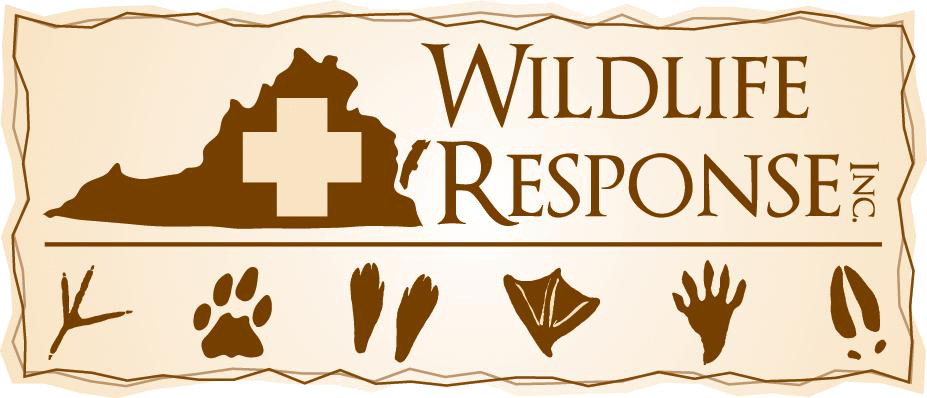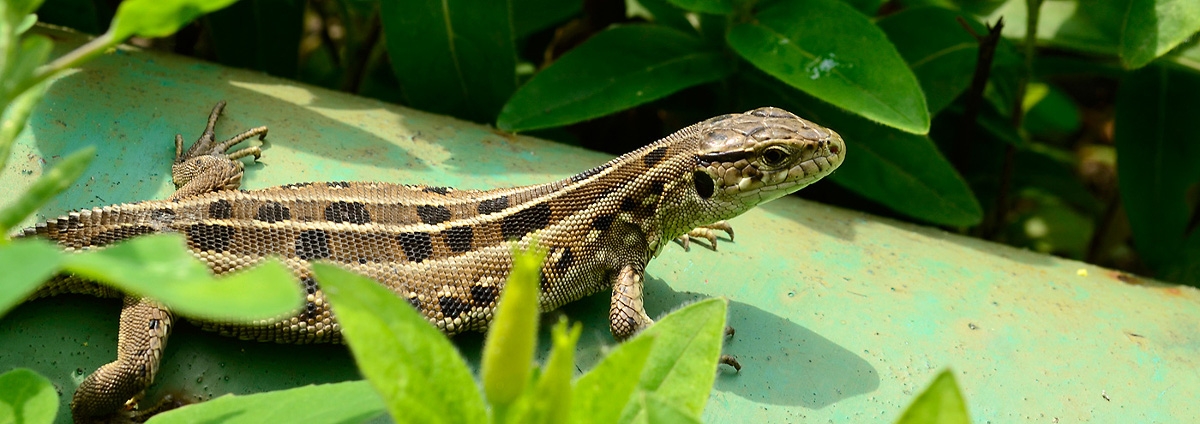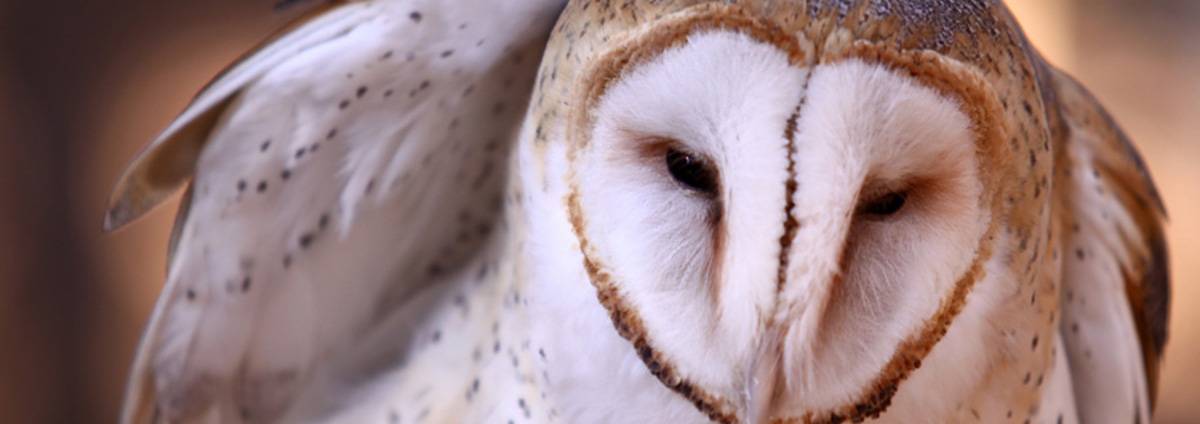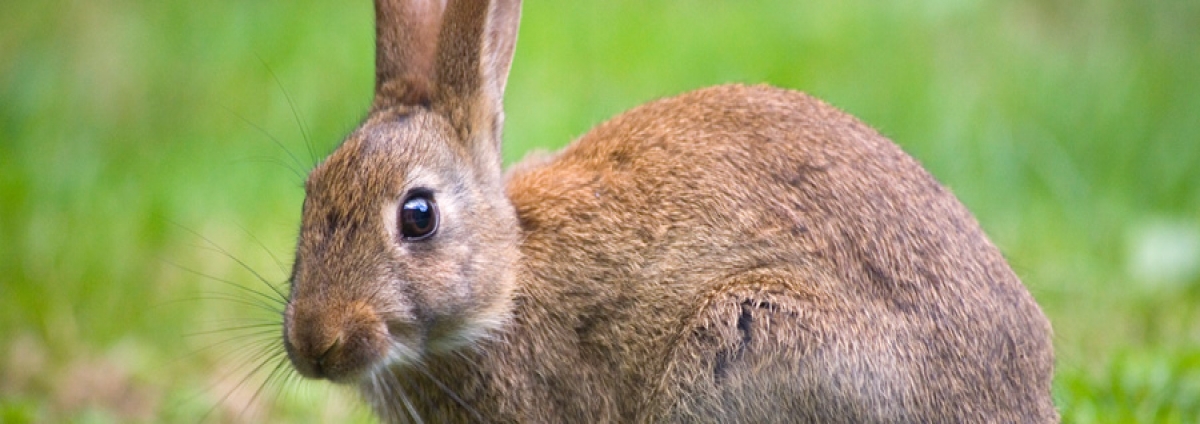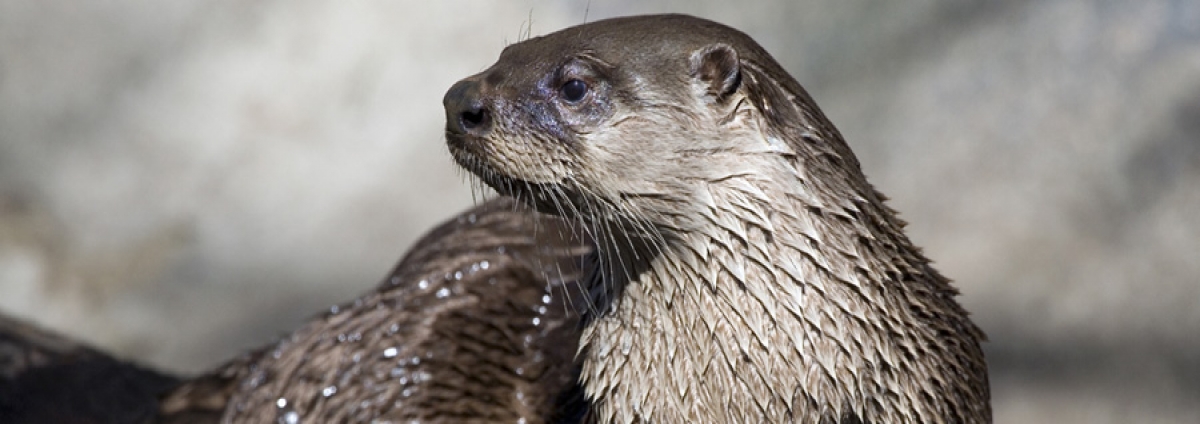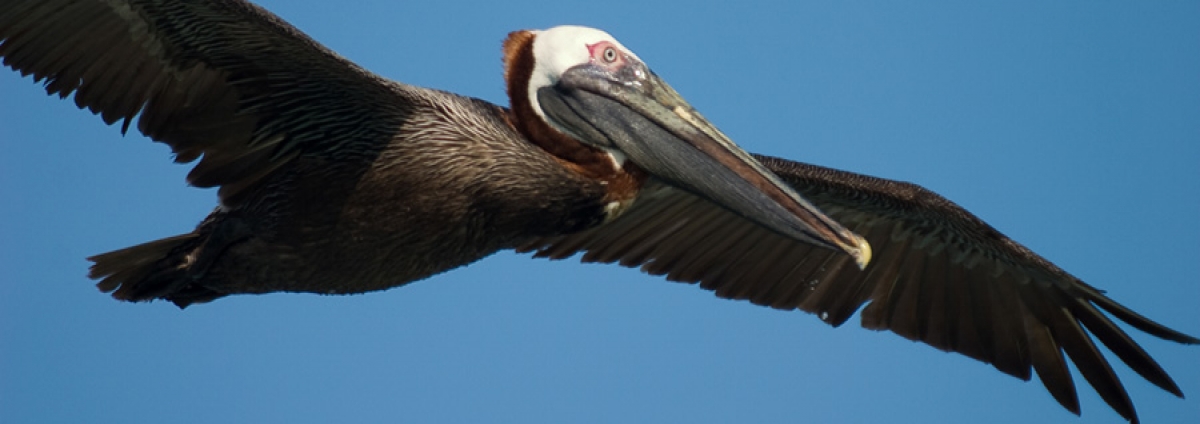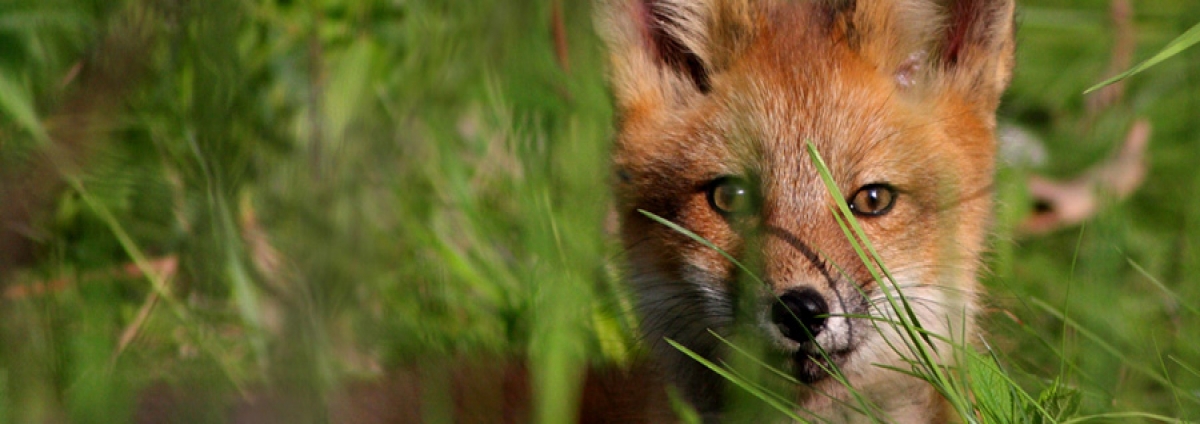Wildlife Response, Inc. is a distinctive 501c3 volunteer organization devoted solely to the care of orphaned, injured, and displaced native wildlife. We are dedicated to increasing awareness of wildlife rehabilitation to the public. Our organization depends primarily upon the private donations for its programs and services.
The Wildlife Response and Rehabilitation Center will be a centrally located facility where citizens, animal control officers and other agencies can drop off wildlife. In addition, the Center will provide a redistribution center for animals to be triaged, and then sent to permitted-based wildlife rehabilitators for care. The Center is expected to open in 2025.
Reptiles
Eastern Snapping Turtle
(Chelydra serpentina serpentina)
 The Eastern Snapping Turtle has a flattened carapace (upper shell) with knobby keels that smooth out with age. They can reach up to 19 inches in length and weighing from 10-35 pounds. It has a large head, small plastron (lower shell), and a long saw-toothed tail on the upper side. The carapace is brown and the plastron is cream to light brown with various degrees of black in it. The skin on the head, neck and limbs is dark brown to black. The large head has a blunt protruding snout. The carapace is often covered with algae. Breeding season is from April to November. Incubation is from 80-90 days and laying of the eggs usually happens in June. The eggs are hard shelled, white and spherical (like ping-pong balls) in shape. They lay their eggs in a flask shaped hole that the females dig in a variety of soils.
The Eastern Snapping Turtle has a flattened carapace (upper shell) with knobby keels that smooth out with age. They can reach up to 19 inches in length and weighing from 10-35 pounds. It has a large head, small plastron (lower shell), and a long saw-toothed tail on the upper side. The carapace is brown and the plastron is cream to light brown with various degrees of black in it. The skin on the head, neck and limbs is dark brown to black. The large head has a blunt protruding snout. The carapace is often covered with algae. Breeding season is from April to November. Incubation is from 80-90 days and laying of the eggs usually happens in June. The eggs are hard shelled, white and spherical (like ping-pong balls) in shape. They lay their eggs in a flask shaped hole that the females dig in a variety of soils.
 The snapping turtle is found throughout the state of Virginia including on some of the barrier islands. They have a large range of habitat. They are found in rivers, swamps, ponds, lakes, streams, freshwater, and brackish marshes. They are usually active from March through October but can be found any time of the year.
The snapping turtle is found throughout the state of Virginia including on some of the barrier islands. They have a large range of habitat. They are found in rivers, swamps, ponds, lakes, streams, freshwater, and brackish marshes. They are usually active from March through October but can be found any time of the year.
They prefer dead but not rotting fish but they will also eat, crayfish, toads, frogs, terrestrial insects, muskrats, aquatic plants and algae. The adult snappers have one primary predator; MAN!!!
